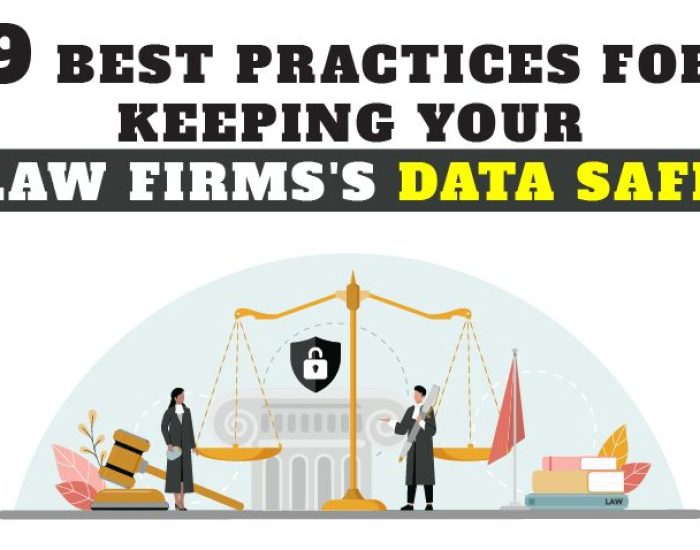Log4j vulnerability puts the internet at risk.
Various cybersecurity organizations around the globe reported about the discovery of critical vulnerability of Apache Log4j library. The reports of attacks exploiting this vulnerability are already on the internet. Some researchers say this could be one of the worst attacks of all time, so how bad is the risk, and what needs to be done now?
Highlights
- Log4j is an open-source Apache logging framework used by developers to record activities within an application.
- Log4j’s security vulnerability allows hackers to execute remote commands on a target system, putting countless services at risk of an attack by hackers.
- Researchers rated this critical java-based library vulnerability 10 out of 10 in CVSS (Common Vulnerability Scoring System).
- Amazon, Cisco, Apple iCloud, Twitter, Red Hat, Steam, Tesla, and more software companies and services use the Log4j library.
What is Log4j, and Why you’re at risk?
Log4j or Log4shell is a Java-based logging utility, one of several java logging frameworks developed by Apache software foundation. Any modern-day software you use keeps track of errors and other events in the form of logs. Instead of creating a logging system for storing records and additional information, the Log4j shell comes in handy for the developers as it’s an open-source platform. That’s why the Log4j library is a widely used and most popular logging package.
Hackers can take control of any software using Log4j, exploiting the newfound vulnerability, to run malicious code against the network firewall by forcing it to store a log entry. Hackers are in action looking for the systems which might be vulnerable. The attackers have already developed automated attacking tools that exploit the bugs and worms present on the system. And if the conditions are adequate, these can act independently and spread to more systems and servers.
On Friday, December 10, The United States Cybersecurity and Infrastructure Security Agency reported the Log4j vulnerability, as did CERT Australia. New Zealand’s NCSC supported the statements adding that the vulnerability is actively being exploited. Here’s a tweet by the United States Department of Homeland Security, just in case if you think we’re kidding.
All organizations should upgrade to Log4j version 2.15.0 or apply appropriate vendor-recommended mitigations immediately.
Read more from @CISAgov about how to protect your organization ⬇️ https://t.co/5HJ72gQ1C9
— Homeland Security (@DHSgov) December 12, 2021
Is cPanel plugin also vulnerable?
cPanel hosting, in simple words, is a control panel dashboard built on a Linux-based model. Website developers use it to manage the hosting environment, backups, FTP, emails, etc. cPanel web hosting allows developers to integrate the websites with a GUI (graphical user interface), similar to looking like a desktop interface. With it, you can update the version of PHP used on websites, control the firewall, and add a security certificate, among other things. BuiltWith, a leading web profiler company, estimates that there are more than three million users of cPanel, and all are at risk of Log4j shell vulnerability.
So what happens now?
Apache has already rushed to develop a solution. Thousands of IT teams from companies around the globe are rushing to update to the most recent Log4j version 2.15.0, which is the most effective solution as of now. While patches and updates will soon be delivered, applying them to all the systems would still be a cumbersome task. Because the web servers and computing mechanisms are not that simple now, layered with multiple code levels and customized according to needs, on an estimate, it could take months from now to get them upgraded.
It’s not the first time we have encountered a vulnerability like this, and this isn’t the last time either. So, in the long run, you are constantly exposed to these critical loopholes, especially on the popularly used tools and plugins. There are only two roads from here; you stay on the already existing vulnerable system or upgrade to a proactive service provider who takes care of it all.
Get secured
Technology is getting better and faster every day, which means there are enough loopholes, attacks, and inevitable vulnerabilities. At Protected Harbor, customers’ safety and security is the utmost priority, and we satisfy our customers at all cost.
“What makes us different is we expect attacks,” commented Protected Harbor CEO Richard Luna. “We assume at any point a system can be compromised and plan for it by limiting the extent of data loss. We prepare for failure at every hardware and software level, from multiple failover firewalls and multiple redundancy resilient databases to web servers and everything in between. We protect our clients. After all, our name is Protected Harbor.”
Protective Harbor’s proactive security is one of the most powerful shields to these attacks. The company’s remote servers and air-gapped data backup add to the level of security and functionality. Also, rapid mitigation and resolution are faster than the industry standard because our clients are not limited to a network.
While regular MSPs have used cloud backups, we use a direct 10 GB pipe to our house. These other MSPs have to wait for the restore to download the image from the cloud. That could be a very long time. Our servers and solutions are all in-house. In the case of an emergency, we can switch data between servers and immediately upload a restored image instantly.
There’s a lot more to it, Click here to check how secured you are.






